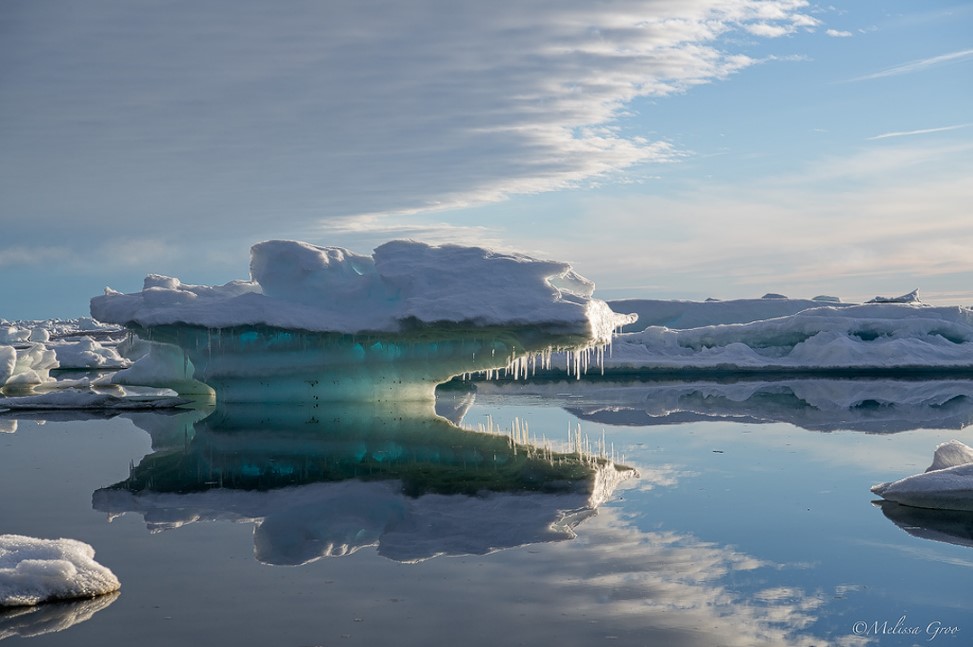Melissa Groo is a renowned wildlife and conservation photographer and writer, as she is a Sony Artisan of Imagery, an associate fellow with the International League of Conservation Photographers, and writes a column for Outdoor Photographer magazine. Growing up in New York City, Melissa Groo lived on the 13th floor of an apartment building that faced the Metropolitan Museum of Art. During the hot summers, her family would take a trip to the Long Island seashore, where Groo discovered her affinity for the ocean—the beginnings of a growing passion for wildlife. As a bookworm, her favorite stories always consisted of animals which is where she learned a lot about animals. To boot, she had a succession of beloved cats and dogs; they taught her the individual personalities of animals.
Melissa Groo’s Background
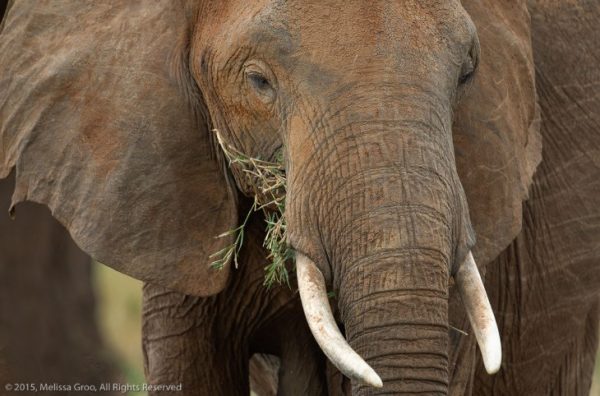
In the Summer of 1995, she went sea kayaking with her father in Alaska when a humpback whale fluked right next to her boat. Instantly, she fell in love with them and traveled to the Silver Bank Sanctuary in the Dominican Republic, snorkeling with these whales and their newborn calves. Through this immersion trip that she took five years ago, she discovered the work of Katy Payne, who discovered the vocalization of humpback whales and, additionally, elephants (including their behavior as well).
Groo was riveted by her stories and photographers; she felt a calling to work with her. Groo was offered to help Payne at the Cornell Lab of Ornithology in the Bioacoustics Research Program in Ithaca, New York. Groo then fell immensely in love with the small-town charm and natural beauty of Ithaca. She left her job in education and then moved there to become Payne’s research assistant, assisting with her project The Elephant Listening Project.
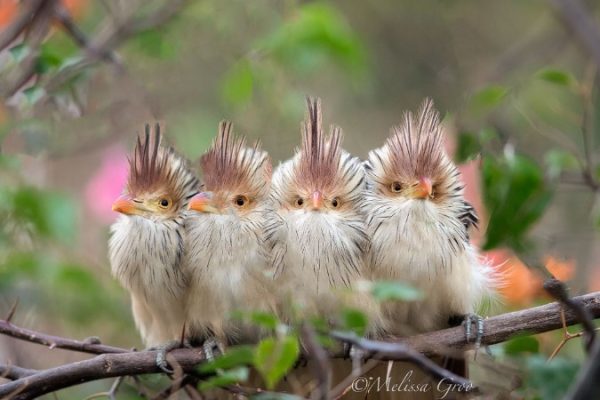
In 2005, she retired from the project to care for her newborn daughter, Ruby, but continued to pursue her work in elephant conservation for the organization Save the Elephants from home. This was when she decided to pick up photography—especially entranced by macro photography—as a hobby and take a basics course at a local community college. Soon, she picked up landscape photography which then she discovered bird photography on a trip to Newfoundland. Blown away by their exquisite beauty, diversity, intelligence, and close familial bonds, birds are her most common subjects as they are seen all around her.
This discovery was an a-ha! moment for her. It all became clear to her that photography combined everything that mattered to her: her affinity for nature and wildlife, desire to capture the beauty and diversity of animals, her drive for artistic expression, and fascination for watching and learning about wildlife. Photography was a way for Groo to show the whole world what she saw and felt, revealing the lives and unique behavior of wildlife that many aren’t privileged to view.
Melissa Groo Adage: “A photograph that depicts an animal and the struggle it and/or its habitat is facing, can be seen and felt by many more people than the most well-written article ever will be… How can anyone fail to be moved by those?” –Melissa Groo
Melissa Groo’s Photography and Purpose
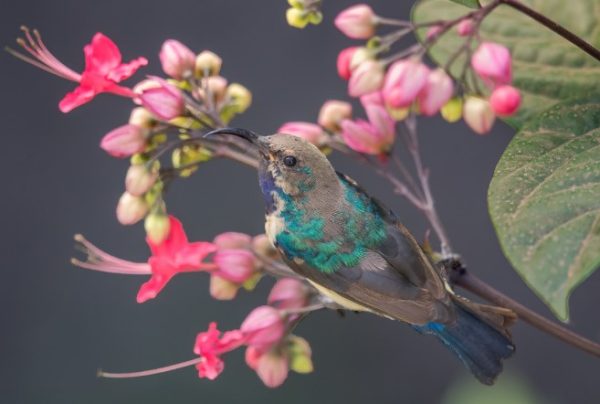
Through her work with elephants, she became involved in the conservation community and passionate about conservation issues. She encountered a conservation photographer that influenced her to use her photographs to impact the conservation of her subjects. Eventually, she acquainted herself with this mission and other photographers, who acted as her mentors, associated with the International League of Conservation Photographers. A lot of thought and research goes into each of Groo’s photos as she thinks about what story is told in order to support the animal and its habitat and research of who needs to see these photos and can provide the utmost protection for these animals.
Melissa Groo Adage: “The bottom line for me is helping. How can I help the animals I love so much? That underlies most of what I do. I feel a sense of increasing urgency that makes it hard to slow down.” -Melissa Groo
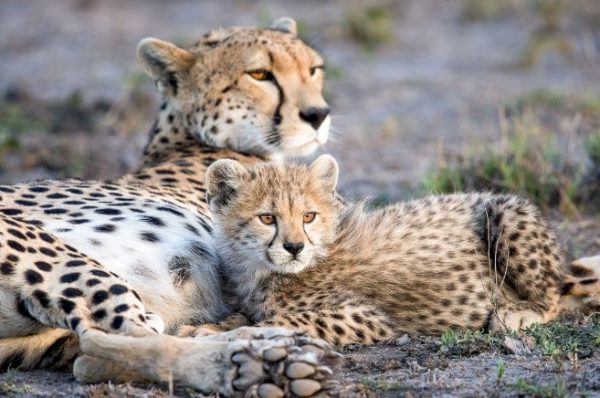
Groo firmly believes that art is an effective way to raise awareness for important issues. In her case, photography is her medium that she uses to advance her conservationist efforts. But, we must not fail to acknowledge the wellbeing and ethical treatment of animals as they are being captured in wildlife photography. Groo emphasizes this strongly, “assuming we as wildlife photographers case about our subjects, it’s incumbent on us to first do no harm.” It is contradictory to be showcasing the beauty and wonder of nature if the wellbeing of the subjects are at risk during the photographing process.
Some photographers use baiting to lure animals with food in order to capture a close shot. When supplying food to predators, it becomes a problem as these animals can quickly be habituated to humans and associate them with handouts. This draws these animals closer to roads where they get run over and to humans who don’t understand them. Seeing other fellow photographers putting their subjects at risk, coupled with no one addressing the ethics of wildlife photography, was a void in the photographic community that Groo felt, driving her to write and talk on this issue. One perfect shot is not worth the risk for a long-term effect.
Melissa Groo Adage: “I know my very presence disrupts wild animals. The best I can do is to consistently have a level of self-awareness about my fieldcraft ethics, and to have empathy for my subjects. I think these are essential qualities for any developing photographers. And it pays off in the photos. When an animal is completely relaxed around you, and doing what it would be doing even if you weren’t there—that’s when you get the gold.” –Melissa Groo
Melissa Groo Takeaway
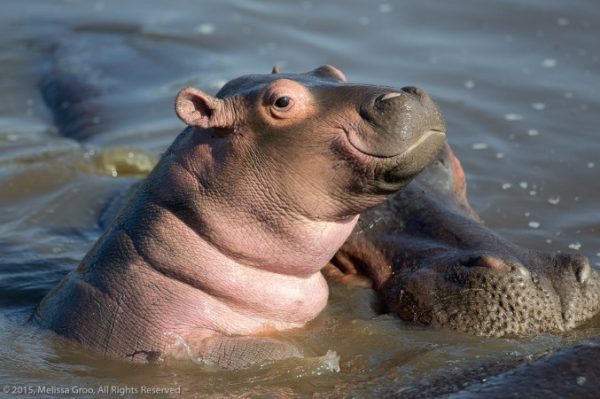
Groo is an eminently passionate photographer, dedicated to capturing the emotions and relationships of animals. She acknowledges these animals in likeness and advocates for them. She believes that science, too, is beginning to acknowledge that animals are sentient beings and experience an emotional life, ranging from affection, fear, and playfulness from the smallest critters to the largest mammals.
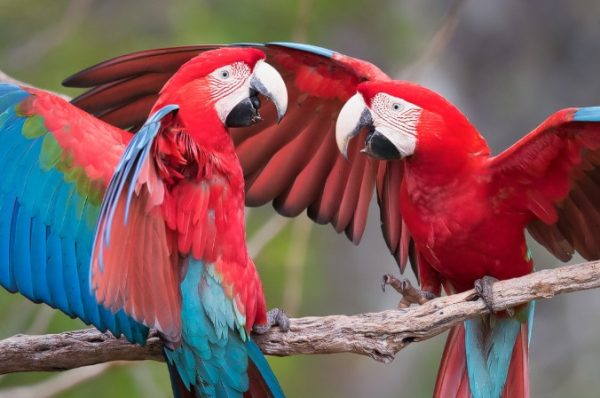
Melissa Groo Adage: “One of the things I’m trying to show with my photos is that animals do have a range of emotions. They feel fear, they feel elation, they feel affection. They like to play, they like to snuggle. But that’s just “bonding behavior” or “practice for hunting” you’ll hear people say. Couldn’t the same be said about us? How does the purpose for any behavior make the emotions that accompany it any less real or powerful? Something to think about.” –Melissa Groo

